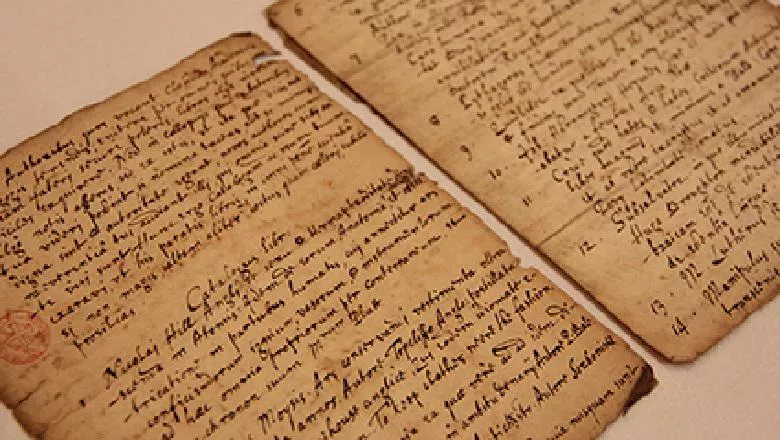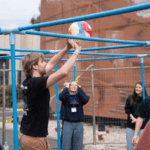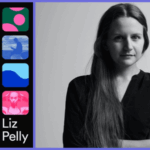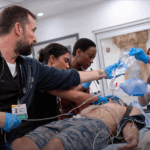Review: Super-Infinite: The Transformations of John Donne, Katherine Rundell
Katherine Rundell describes her biography of John Donne as a work of evangelism about someone who was Shakespeare’s contemporary and was in his league. A frequent writer about animals in the London Review of Books, here she is fascinated by the unique creature that is Donne – lover, preacher, neologist, poet – and by the intensity of his poetry and sermons, that enlighten life like no other.
Like Saint Augustine, his life could be seen in two halves, though Rundell suggests that his life was more complicated than that. Like Augustine, Donne was enthusiastic for romantic love in his youth, bombastic and keen to succeed. Like Augustine, Donne converted from a minority faith (Catholicism in Donne’s case) to that of the majority, becoming a senior figure in the Church, but with his words continuing to probe facets of life, such as suicide, that others skated over.
Donne was born into a Catholic family at the time of Elizabeth’s Protestant reign. He went to war with Elizabeth’s navy, the experience staying with him as metaphorical fodder for his poetry and sermons. After his youthful lustiness, he described married life as like being in the doldrums, that area of ocean abandoned by winds where nothing happens. He studied at Oxford, and law in London, was thrown into prison because his wife was under-age. He circled the royal courts, curried favour, flattered like no-one else, eventually became dean of St Paul’s, a position as much political (and lucrative) as pastoral. (Donne, applying for the role, described it as belonging to both ‘church and state’, as indeed it did.) Rundell, not so shabby herself with the use of the occasional deft metaphor, describes his position as a ‘pinata’ that, if hit well, poured out riches. But from the pulpit Donne also searched for God, Rundell suggests, rather than extrapolating from some point of arrival, teasing out meaning and the attributes of God from the world he observed, like Augustine riveting his listeners with his restless hunger.
He wrote inimitable love poetry, some of it decidedly odd, such as ‘The Flea’, in which Donne delights in the fact that the blood of him and his lover are intermingled in the bloodsucking insect. Rundell notes that he never shied away from, and revelled in, the earthiness of bodies, their delights and frailty, wonder and strangeness. His most famous words – ‘no man is an island’, ‘for whom the bell tolls’ – show his understanding of the interconnectedness of lives.
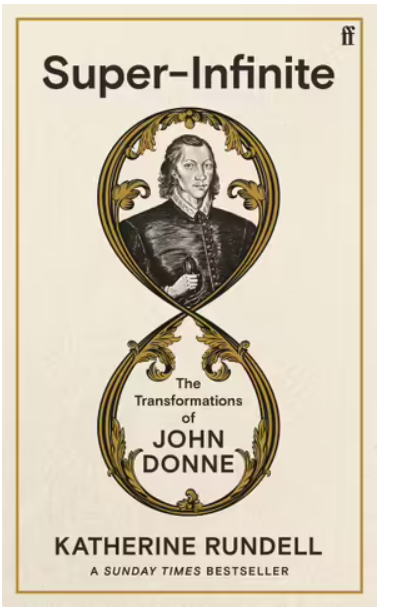
Samuel Johnson thought his writing was all over the place, but T S Eliot thought this was exactly his genius. His poetry kicks and staggers, bumps and grinds, the lack of fluidity drawing attention. Rundell prints in her book later pastiches of his poetry that were meant to convey something of his use of metaphor, but they are conventional and dull, further highlighting just how arresting Donne’s poetical oddness was. Later poets who tried to ‘tidy’ the poems killed them.
Rundell says Donne had a ‘hyperbolic streak’ and embodied the extremes of humanity. He described his own poetry as harsh. But, Rundell writes, this was partly to draw our attention to life, in all its complexity. He ‘took pleasure in extravagance’ – in clothes, lovemaking, describing the wonders of Creation. The hyperbole – or, better, the intensity and originality of insight – extended from the physical to the metaphysical. (Not that the two were strictly demarcated for Donne – David Edwards, another Donne biographer, observes how Donne used surprisingly fleshy language for the spiritual.) As illness took its toll, he wrote more about death, possibly to ‘turn fear into longing’. He used his pain to ready himself for eternity; Rundell suggests it knocked him into shape, in order to fit through the door to eternity – or the ‘super-infinite,’ as Donne somewhat oxymoronically and characteristically hyperbolically put it.
Nick Mattiske blogs on books at coburgreviewofbooks.wordpress.com and is the illustrator of Thoughts That Feel So Big.



